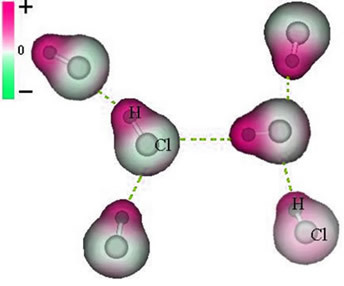Rutherford's Atomic Model suggests that the atom looks like a planetary system. For this reason it is called modelplanetary or of modelinatomnucleated.
According to this model presented in 1911, electrons revolve around the nucleus (made up of protons and neutrons), in a similar way to the planets that revolve around the Sun.
 Rutherford Atomic Model
Rutherford Atomic Model
This model replaced the one proposed by Thomson in 1903. Before that, however, others had already emerged atomic models about the distribution of atomic particles.
Rutherford's model represents a revolution in this matter and became the basis of atomic theory.
The Rutherford Experiment
In 1910, Rutherford (1871-1937) was studying the trajectory of particles and the interaction between alpha radiation and materials. On that occasion, he detected that there was a limitation in the atomic model presented by Thomson, the Thomson Atomic Model.
Rutherford made a closed metal camera and placed a small lead container with polonium fragments in it.
In front of this container, which had an opening, he placed a very thin gold plate covered with a film of zinc sulfide.
All of this was connected to a microscope that was able to rotate 360 degrees around the gold plate. The objective was to analyze the incidence of particles that penetrated through the sheet and spontaneously disintegrated from natural radioactive elements.
It was possible to see each incidence of particles under the zinc sulfide film through a highlighted spot on the microscope.
Rutherford noted the incidence of particles at different angles so that he could carefully analyze their behavior.
 Redirection of alpha radiation in the Rutherford experiment
Redirection of alpha radiation in the Rutherford experiment
From his analysis, Rutherford found that the behavior of particles was standardized. Most of them managed to get through the sheet (albeit with some difficulty), others were blocked, while there were still some that were not even affected.
Rutherford concluded that there were many empty spaces and that the center of the atom it was much smaller considering its entire diameter. So he discovered the electrosphere. That is, the atom was formed by a nucleus, where there was a concentrated positive charge, and an electrosphere, where the negative charge is concentrated.
Rutherford did not know what the core consisted of. He only assumed that neutrons existed, but this was only proven in the 1930s.
Electrons, in turn, already discovered by Thomson in 1905, are located in the electrosphere and circulate around this small nuclear sun.
Meet the evolution of atomic models.
Rutherford Model Failure
Despite advances, the model had an error, which is indicated through the theory of electromagnetism.
Electrically charged particles emit an electromagnetic wave when they are accelerated. Following Rutherford's model, this is what would happen to the electron, which, in this case, would lose energy and fall on the nucleus, but this is not what happens.
The atomic model continued to evolve and Niels Bohr filled the gap in Rutherford's model. For this reason, this model is called Rutherford-Bohr Atomic Model.
Test your knowledge of the topic at: exercises on atomic models.



